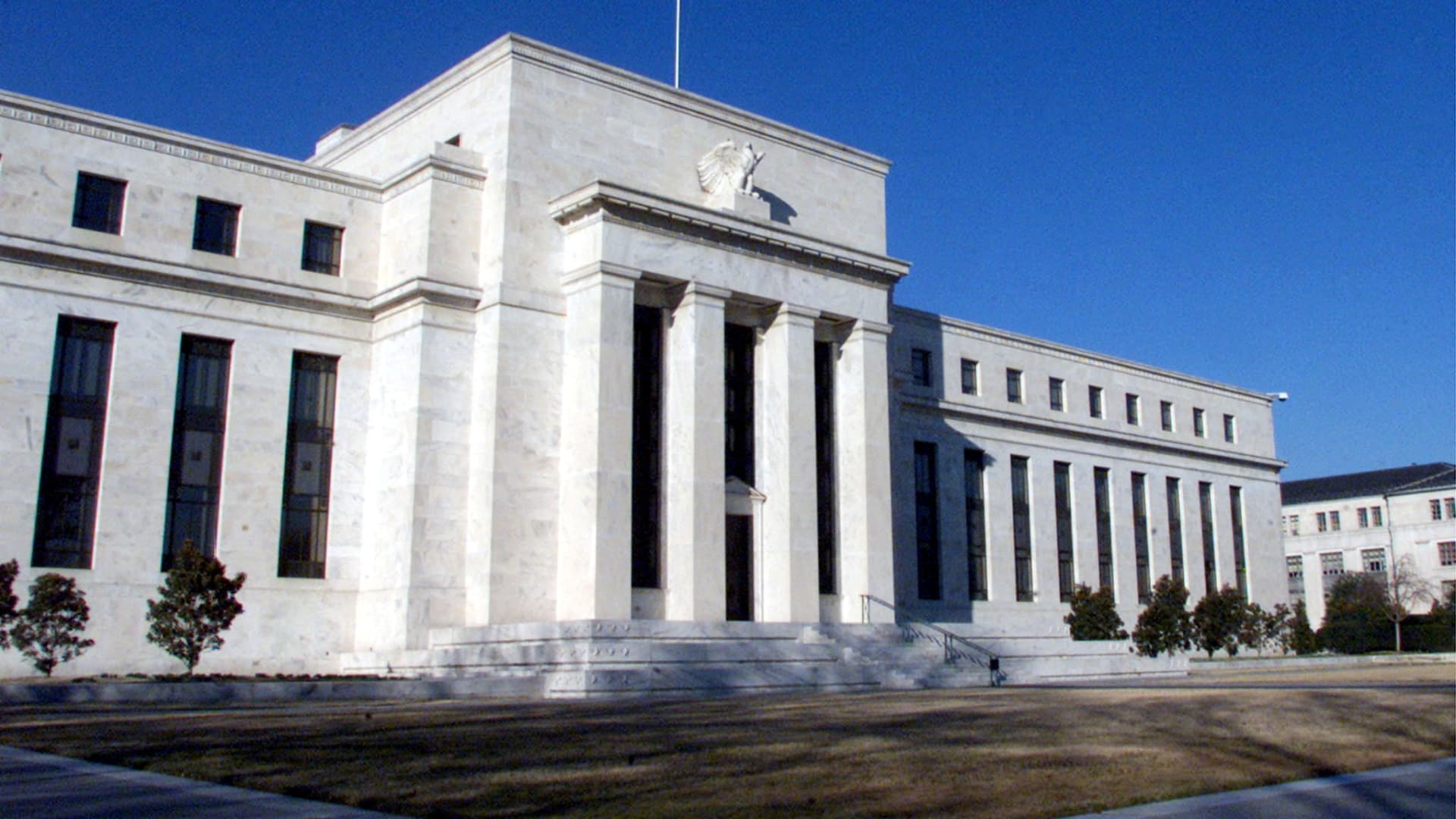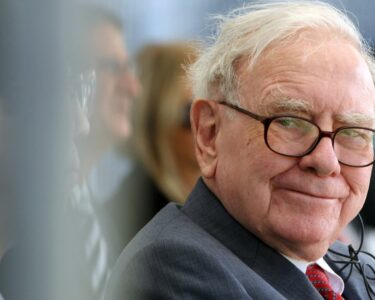On Wednesday, the Federal Reserve will publish its latest economic forecasts. There will be an intense focus on the Summary of Economic Projections, which is the Fed’s own estimates for GDP growth, the unemployment rate, inflation and the appropriate policy interest rate.
The summary will be released as an addendum to the statement following Wednesday’s Federal Open Market Committee meeting.
Investors will carefully study these projections, and they will likely move the market.
But should you change your investment portfolio based on the Fed’s projections? You probably should not.
Larry Swedroe, head of financial and economic research at Buckingham Strategic Wealth, for decades has studied economic forecasts of everyone from stock-picking gurus to the Federal Reserve.
He has this piece of advice: Don’t base your investment decisions on what the Fed says. Or anyone else, for that matter.
Swedroe recently wrote an article where he looked at one simple metric: the Fed’s effort to project its interest rate increases for 2022.
Swedroe noted that at the end of 2021, the Federal Reserve forecast that it would need to raise rates three times and that its policy target rate would end 2022 below 1%.
What actually happened? The Federal Reserve raised the Fed funds rate seven times in 2022, ending the year with the target rate at 4.25%-4.50%.
Federal Reserve: 2022 meetings
(rate hike each meeting, in basis points)
What happened? How could the Fed have been so wrong? It simply mis-forecast the rate of inflation.
“One of the surprises, at least to the Fed, was that inflation turned out to be much higher than its forecast,” Swedroe wrote. “Its December 2021 forecast for 2022 inflation was for the core CPI to be between 2.5% and 3.0%. Inflation turned out to be more than double that.”
This has implications for forecasting in general. Swedroe, along with many others, has long noted the poor track record of stock market forecasters. But the Federal Reserve is a special case: “One would assume that if anyone could accurately predict the path of short-term interest rates, it would be the Federal Reserve — not only are they professional economists with access to a tremendous amount of economic data, but they set the Fed funds rate.”
Yet the Fed has a poor track record predicting not just interest rates, but other issues such as GDP growth. I discuss this in my book, “Shut Up and Keep Talking: Lessons on Life and Investing from the Floor of the New York Stock Exchange.” The Fed’s own research staff studied the Fed’s economic forecasts from 1997 to 2008 and found that the Fed’s predictions for economic activity one year out were no better than average benchmark predictions.
How does this happen? There are two problems:
1) Predictions from the Fed and everyone else are riddled with bias and noise that limit the quality of those predictions; and
2) Lack of complete information, because events occur that are unpredictable and can affect outcomes.
All of this should make everyone very humble about forecasting, and less eager to make sudden changes in investments. The key to investing is to know your risk tolerance, have a long-term plan, stay invested and avoid market timing.
Swedroe’s conclusion: “If the Federal Reserve, which sets the Fed funds rate, can be so wrong in its forecast, it isn’t likely that professional forecasters will be accurate in theirs.”






